Working in luxury real estate, Hubert Bonnet lives between London, Verbier, and Brussels, where he founded Fondation CAB in 2012, a non-profit organisation housed in a 1930s Art Deco-style warehouse. The foundation is dedicated to the promotion of Belgian and international Minimalist and Conceptual Art, which, together with architect-designed furniture, is Hubert Bonnet’s eternal love.
LARRY’S LIST spoke with Hubert Bonnet, who explained why is he particularly attracted to minimalism, how he is fascinated by a domountable house designed by Jean Prouvé, why a mobile by Alexander Calder is his most treasured artwork, and which artist’s work he is dreaming to purchase.
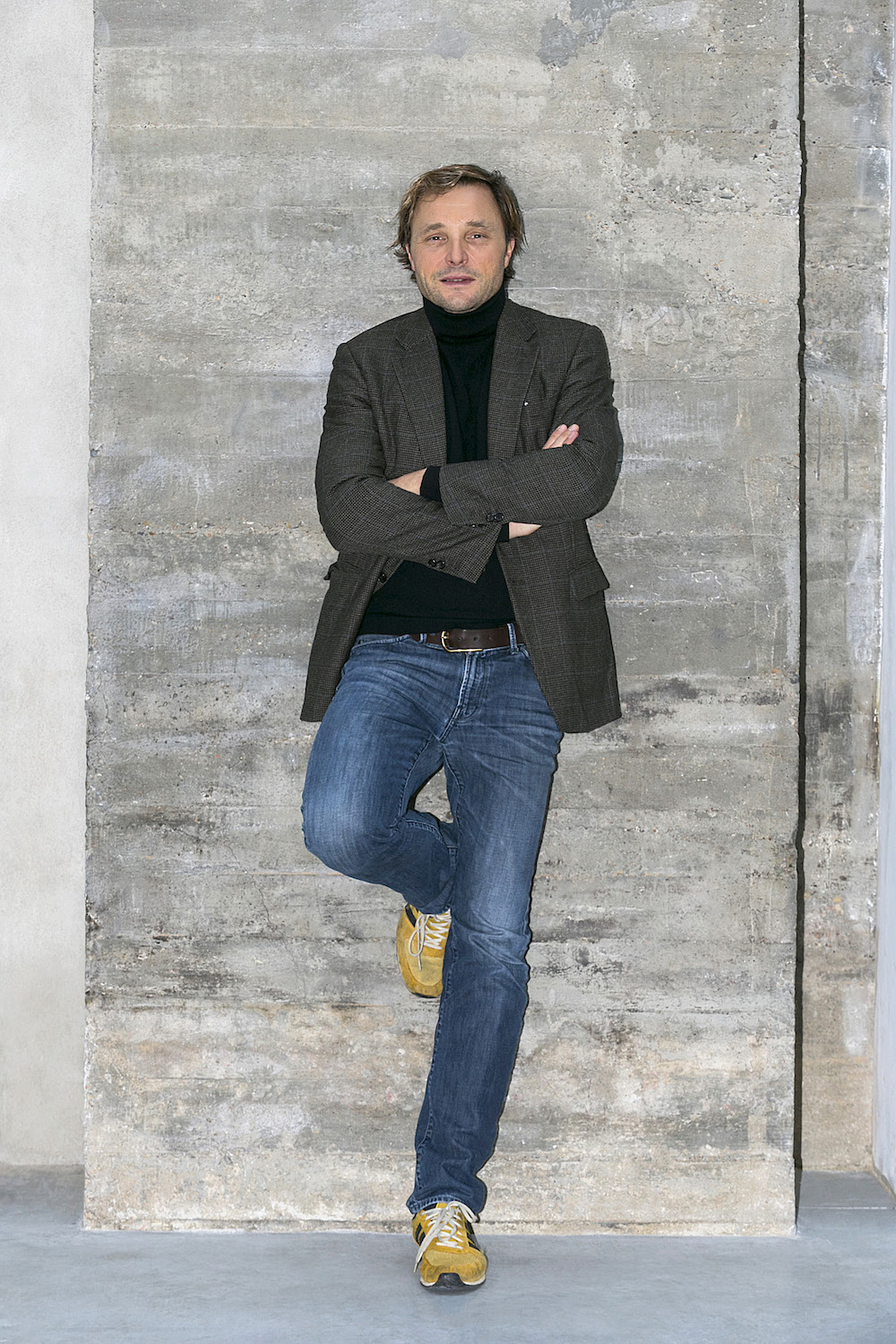
Courtesy of Fondation CAB.
Collecting
What made you want to start collecting art? What is the main motivation behind your collecting?
Art is a great way to discover new people and personalities. It offers me the possibility of deepening my knowledge in many different ways and understanding the crazy and fantastic world we live in.
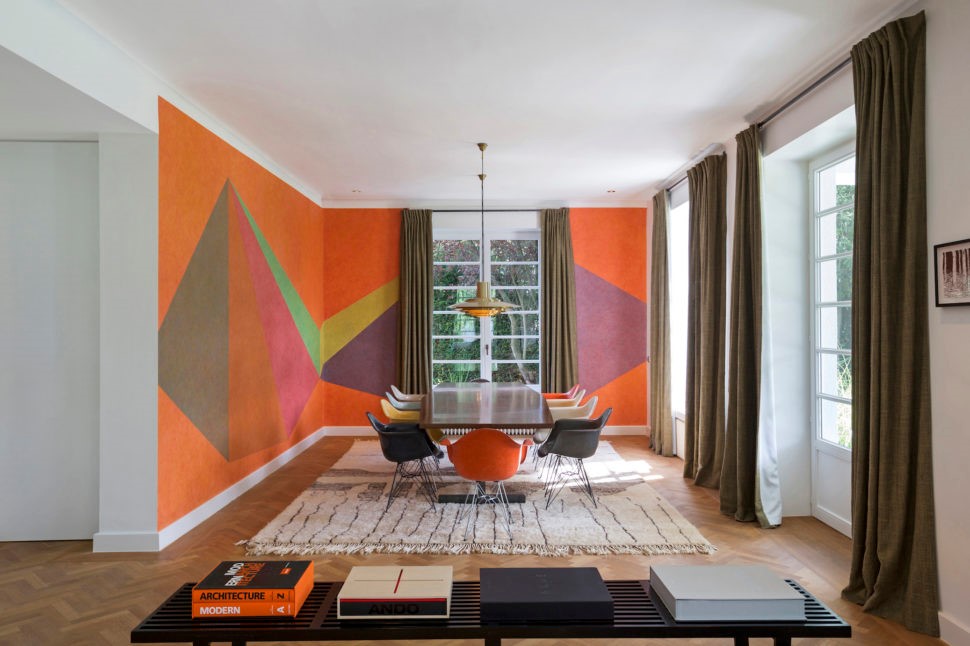
What is your focus regarding the artists in your collection? Are you more interested in emerging or renowned artists?
My collection, which I started 20 years ago, includes some modern drawings but is essentially focused on conceptual and minimal art. I am interested in a few established minimalist artists from the 1970s such as, Carl André, Fred Sandback, Donald Judd, Sol Lewitt, Olivier Mosset, Frank Stella, Robert Barry, Alan Charlon, Dan Flavin and Lawrence Weiner.
Essentially, I acquire new artworks via several galleries and art professionals, who encourage me to discover new conceptual and minimalist artists, such as John Mccracken, Jannis Schroeder, Ted Stamm, Stephans Daflon and Heimo Zobernig. However, I also make acquisitions through artists who have been invited to create projects for exhibitions at the Fondation CAB. For example, Tony Lewis, Charlotte Posenenske, James Capper, Erika Hock and Alicja Kwade.
How did you become a big fan of minimalist art?
I lead a very active lifestyle and am passionate about sport, travel and architecture. My interest in minimalism comes from the peacefulness and serenity which it brings me. My passion for architecture has taught me to love simple, inspiring and geometric works. Minimalism has always been an obvious choice for me. I work in real estate so the structure and radicalness of this art truly does challenge and thrill me.
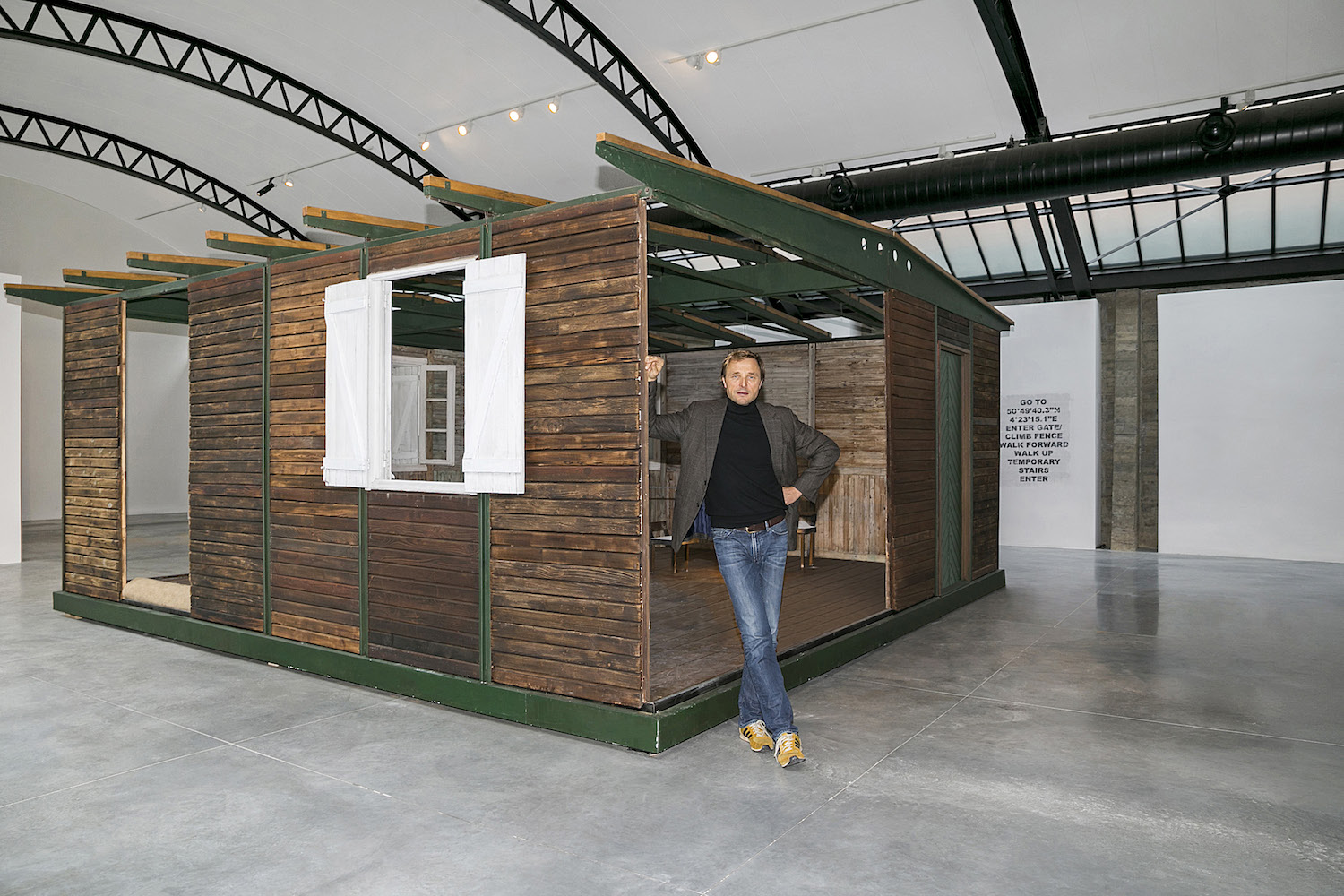
Courtesy of Fondation CAB.
You also collect a lot architect-designed furniture. How do you match artworks with pieces of furniture?
My encounter with the gallery owner François Laffanour 15 years ago strongly influenced my interest in furniture and designers such as, Perriand, Prouvé and Le Corbusier. However, my real shift towards design happened with the purchase of a demountable Prouvé House (1944). Its simplicity, timelessness, ingenuity and the lightness of the materials used at that time by Prouvé, fascinated me.
I can say that this is exactly what I seek and admire in minimalism, the way in which the simplest and most basic forms and materials can be associated with beauty and poetry. I believe that art and design balance each other out perfectly.
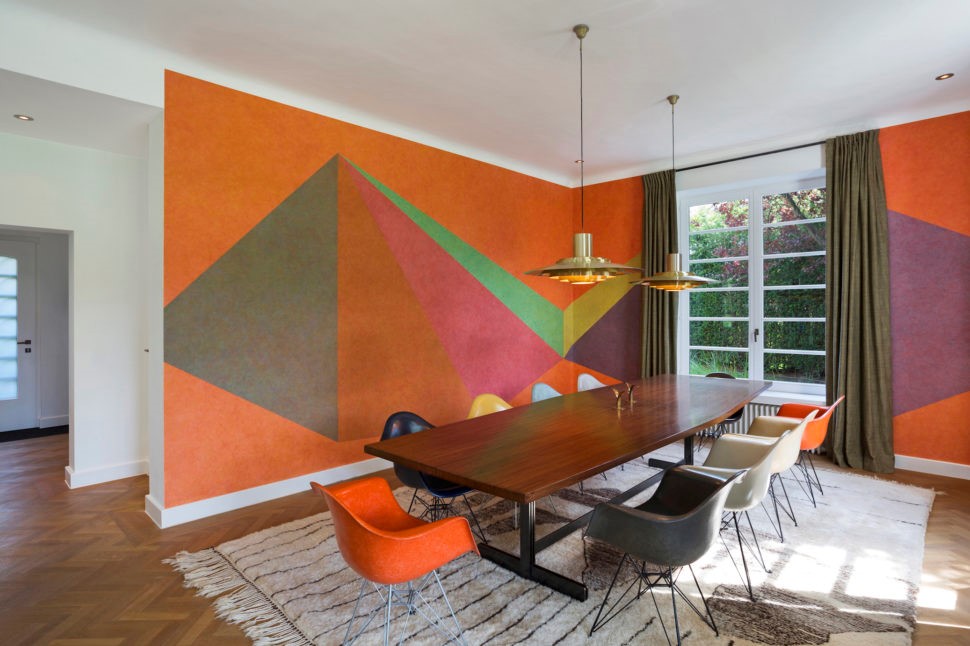
What were the first and the latest artworks you purchased?
My first purchase was in 1990. It was a Donald Judd, a small mural sculpture. I like radical, clear, strong and precise art works.
My last purchase is a work by Swiss artist John Armleder, a work from his series “Dot Paintings” formed by various types of patterns, but whose subject is always the dot, the basic element of each graphic production.
Earlier this year at Fondation CAB in Brussels (my non-profit space dedicated to the promotion of Belgian and international minimalist and conceptual art), I invited Armleder to imagine a unique exhibition that brought together pioneering artists from the Swiss art scene from the 1960s to today, as well as international artists working in the wake of these pioneers of Swiss conceptualism.
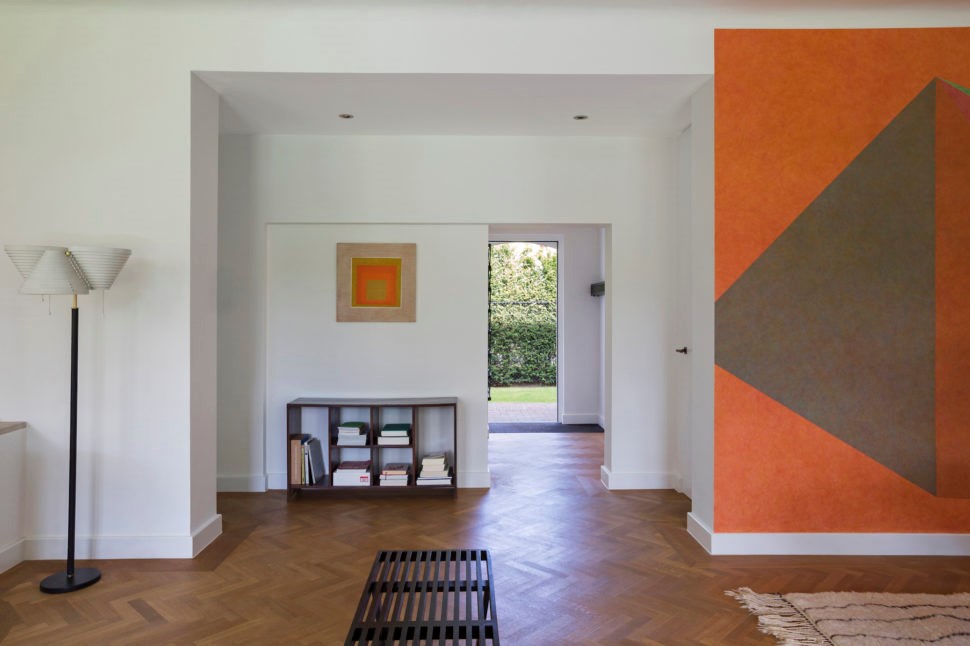
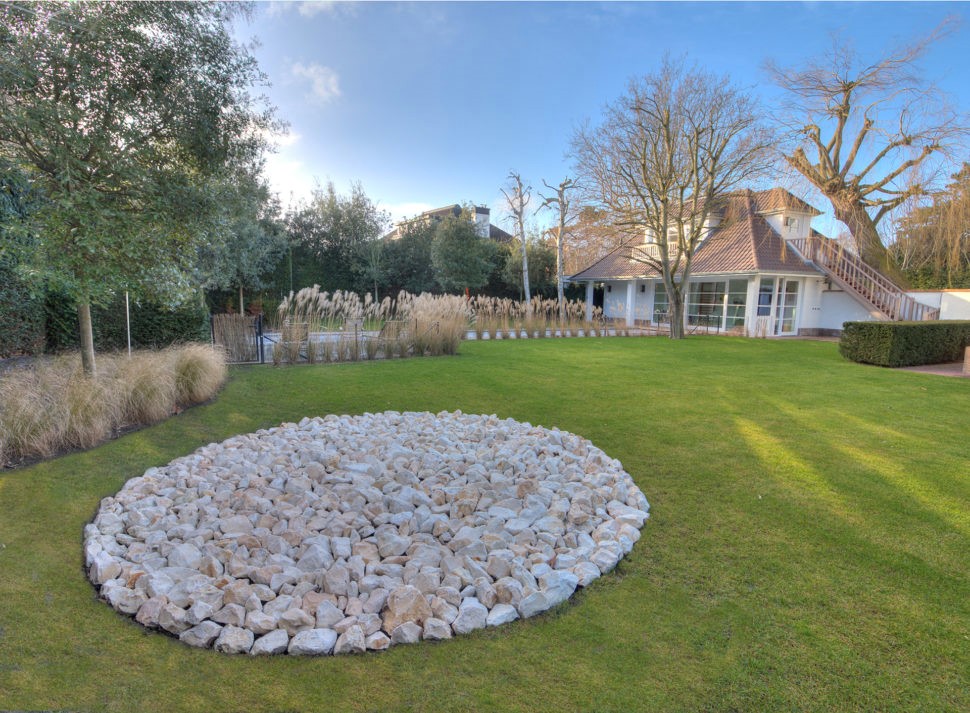
How many artworks do you own? Where do you display your collection?
After twenty years of collecting art, I wanted to focus on quality instead of quantity. Today I have around 100 artworks in my collection. They are on display in my offices among other places, but the majority are in storage, awaiting a new home.
Have you presented your art collection elsewhere publicly?
No, but I regularly lend pieces from my collections for exhibitions.
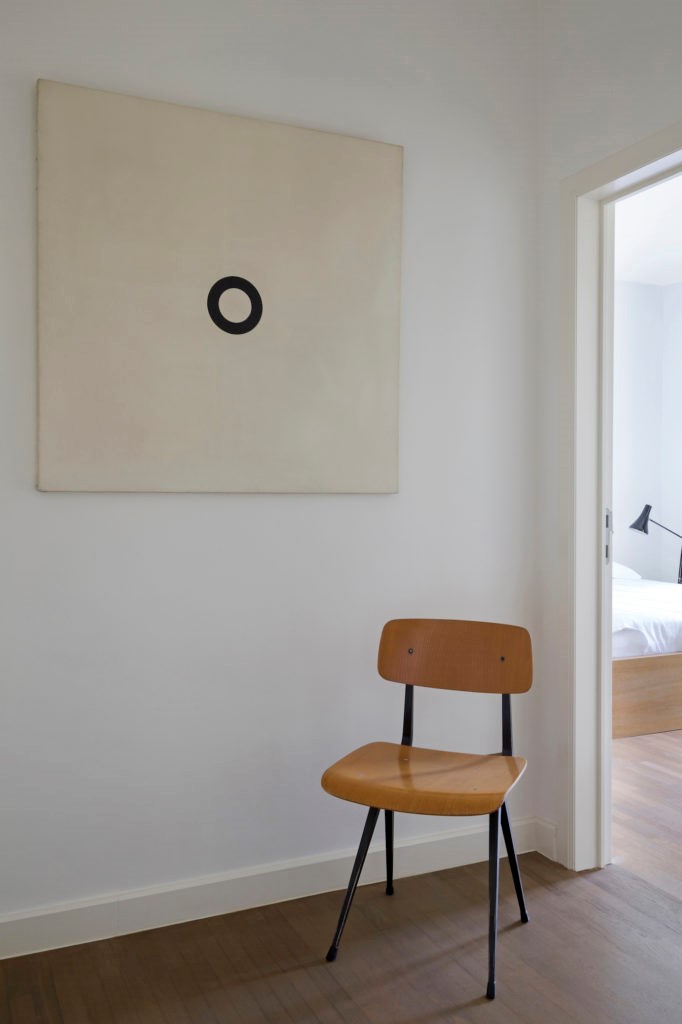
When did you fall in love with a piece of art? What was it?
In 1999, I fell in love with a mobile by Alexander Calder. Unfortunately, I couldn’t buy it at the time. A few years later, my situation changed, and I was delighted to be able to acquire one!
Is that also your most treasured artwork?
Yes, that is a red Alexander Calder mobile from 1962. An object defined by its colour, its lightness, its playfulness, its abstraction and its subtle balance. I am fascinated by how Calder’s mobiles are animated by the slightest breath of air and embody the antithesis of classical sculpture. They have become a symbol of modernism.
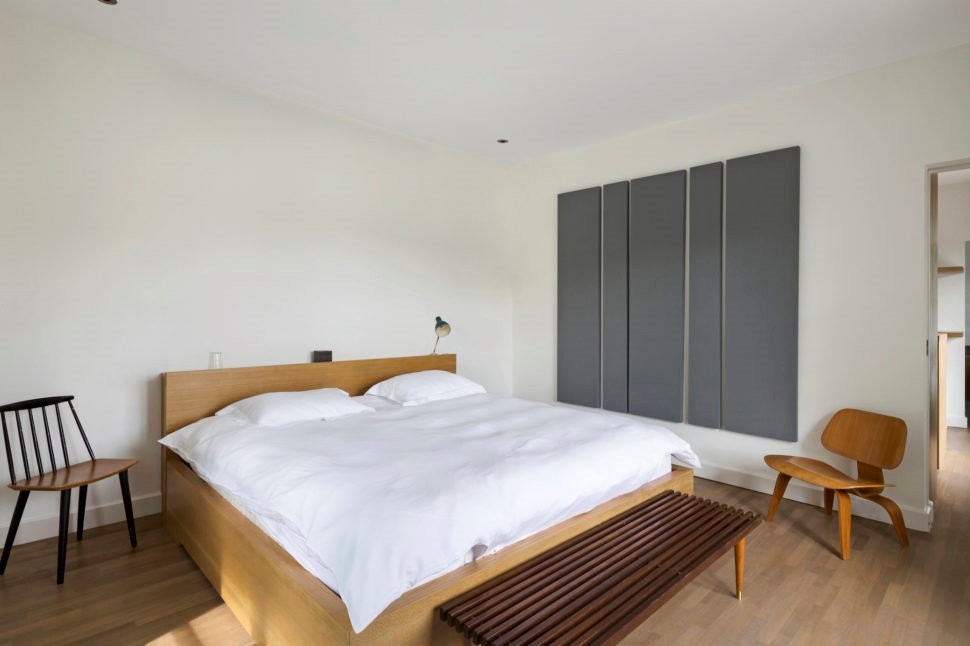
Is there any kind of artwork that can make you write a cheque without any consideration?
Unfortunately not! I can’t write a cheque without any consideration.However, if money was not an issue, my dream purchase would be Agnès Martin’s work. I would love to have her artwork in my collection.
While minimalist in form, I love the way her paintings are spiritually quite different from other minimalists; her work is less rigid, less cerebral and more spiritual. Her works retain small anomalies and traces of the artist’s hand. I think it is these irregularities that reveal the humanity of the artist’s touch. I hope one day I will have the chance to buy her work. Who knows… one can always dream.
How important is it for you to meet the artists who created the artwork?
I love travelling to visit artists’ studios, foundations, museums or fairs. It allows me to spend time with them and also interact with curators or gallery owners.
It’s really important for me to have a personal relationship with artists whose artworks are part of my collection. It’s a world full of passionate people.
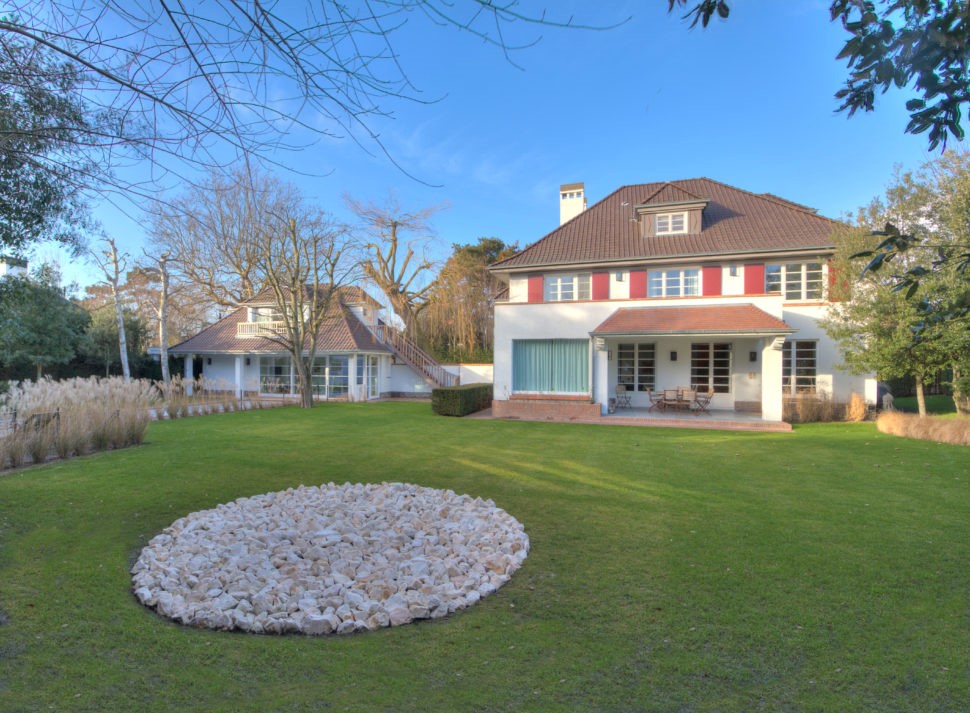
How do you discover new artists?
I take the time to go to as many galleries and art institutions as I can and meet many artists, curators and critics. I try to educate myself, read and learn as much as I can.
While our exhibition programme at the Fondation CAB is focused on iconic mid-career artists and established artists advocating radical new directions in minimalist and conceptual art, we felt the need to launch a residency program for emerging artists. This program, which has been set up by my team, also allows me to meet new artists.
Can you name some emerging minimalist artists who should be on our radar?
Paul Czerlitzki
Kantinka Bock
Nika Neelova
Ariane Loze
Ethan Cook
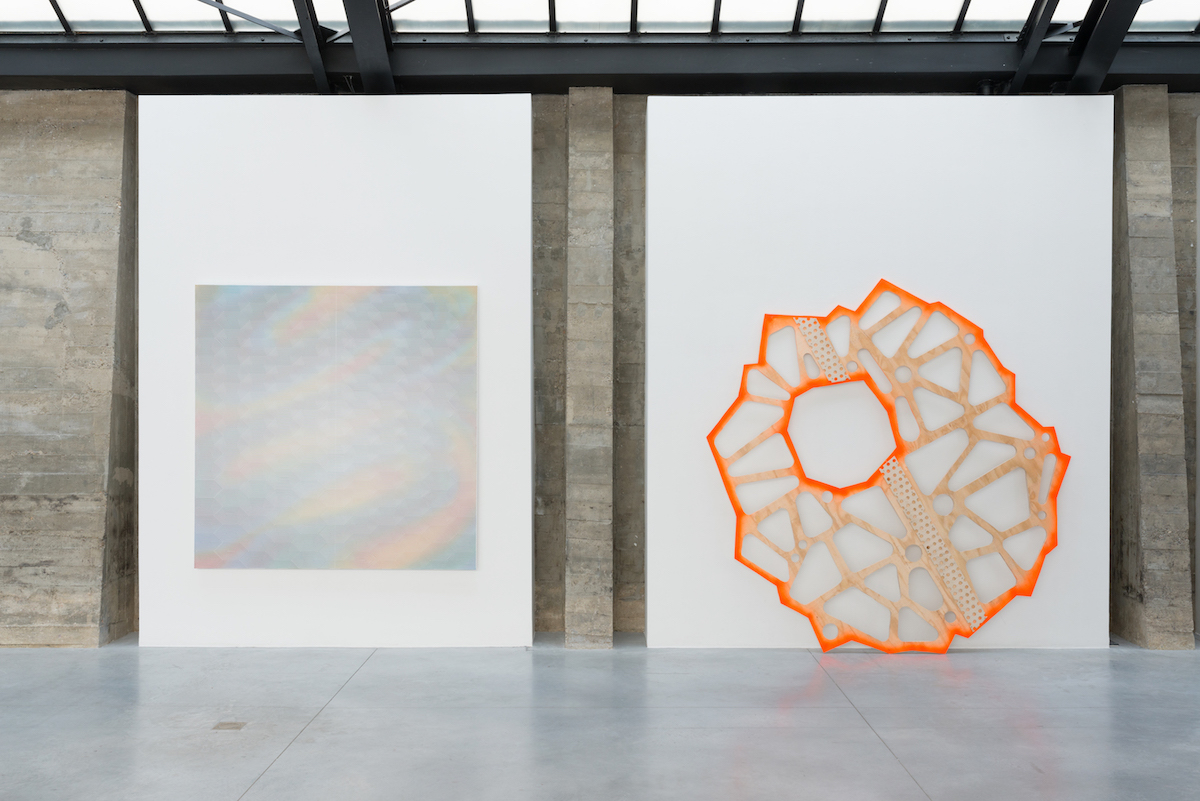
Fondation CAB
What motivated you to establish Fondation CAB?
Initially, I was looking for a place to store my collection. This inspiring former coal warehouse made me want to open an art centre, which today has evolved into a Foundation.
Fondation CAB was born from a desire to share my view on minimalism and conceptualism and to open a place to promote imagination and creation.
Thanks to my team, and since its opening in 2012, the foundation has organised 25 exhibitions, including 8 collaborative projects and has welcomed 32,000 visitors.
Fondation CAB in Brussels is a non-profit space dedicated to the promotion of Belgian and international minimalist and conceptual art.
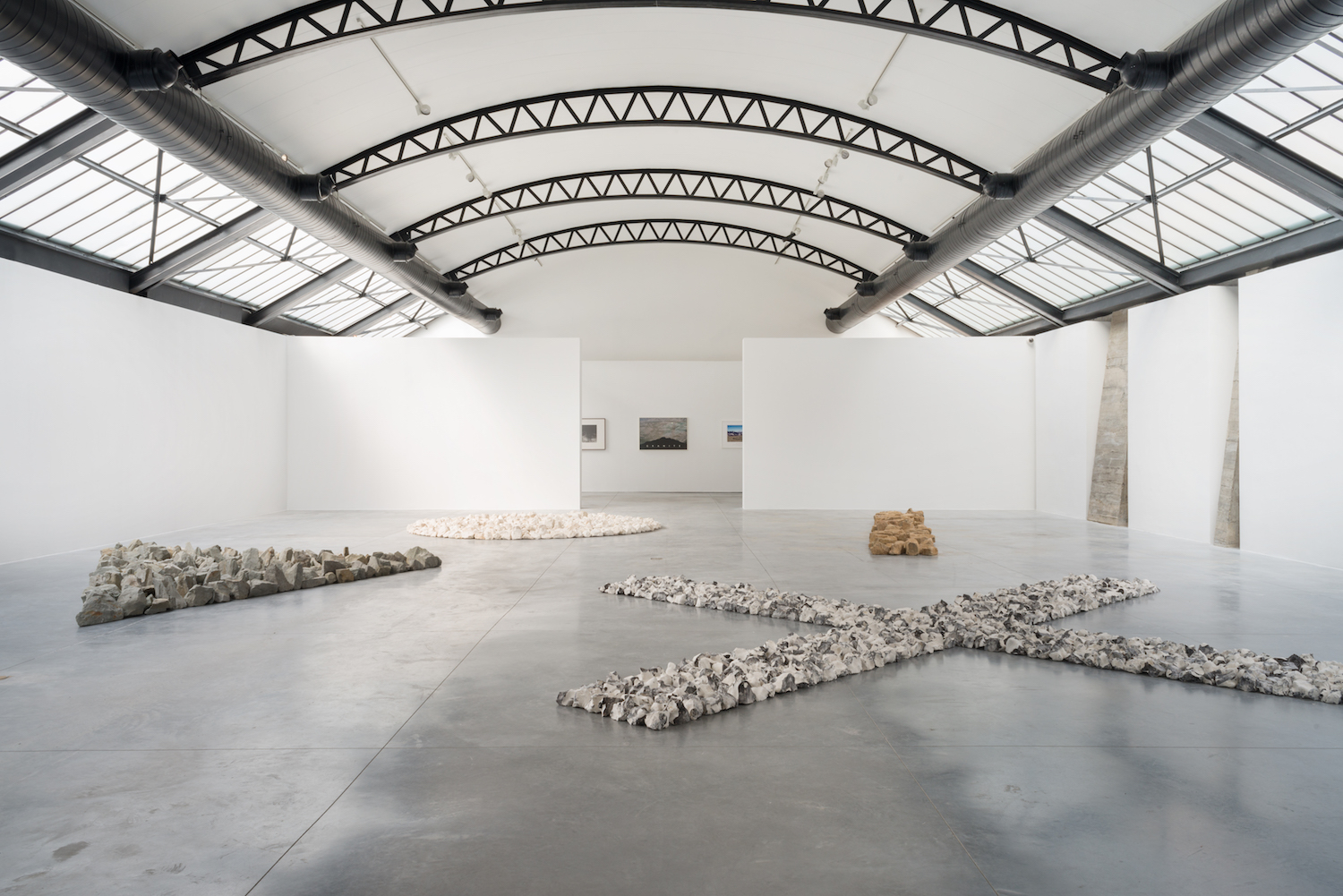
What programs are there at the Fondation to achieve its missions?
In April 2018, we presented The Brutal Play, a group exhibition curated by Matthieu Poirier which brings together sculptural works by various artists (Carl Andre, Valentin Carron, Émilie Ding, Ramon Feller, Karsten Födinger, Donald Judd, Robert Morris, Charlotte Posenenske, Alexander Rodchenko and Killian Rüthemann) spanning the constructivist era, 1960s minimalism, and the present day.
In September 2018, we welcomed the artist Richard Longwith an exhibition that staged important works from the artist’s career, featuring text works, photographs and sculptures.
Our last exhibition was curated by John Armleder in April 2019. It was a group show that brought together pioneering artists from the Swiss art scene from the 1960s (including Stéphane Kropf, Christian Flocquet, Philippe Decrauzat, Fabrice Gygi), with international artists working in their wake (including Mai-Thu Perret, Sylvie Fleury).
In September, we will present French artist Claude Rutault. Since the 1970s, the artist has pushed the limits of minimalism and conceptualism with his radical approach, the founding principle of which is to provide a set of written instructions called “definitions / methods” for the receiver or “charge-taker” of his work (a collector, a curator, an institution or a museum).
In April 2020, we are looking forward to presenting an exhibition that will bring together historical and emerging female minimalist artists.
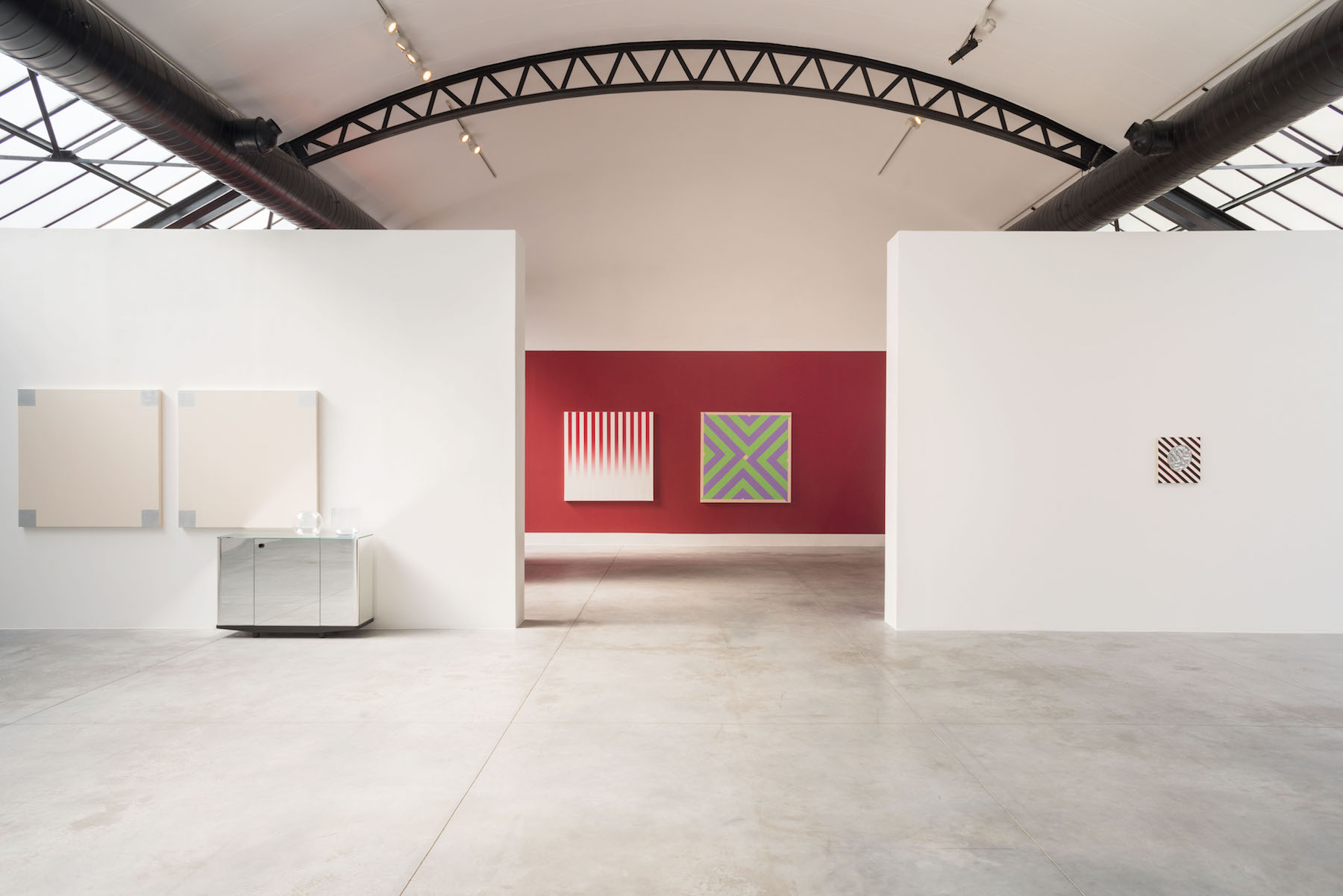
Related: Fondation CAB
A selection of artists Hubert collects:
Alicja Kwade
Charlotte Posenenske
John Armleder
John Mccracken
Richard Long





